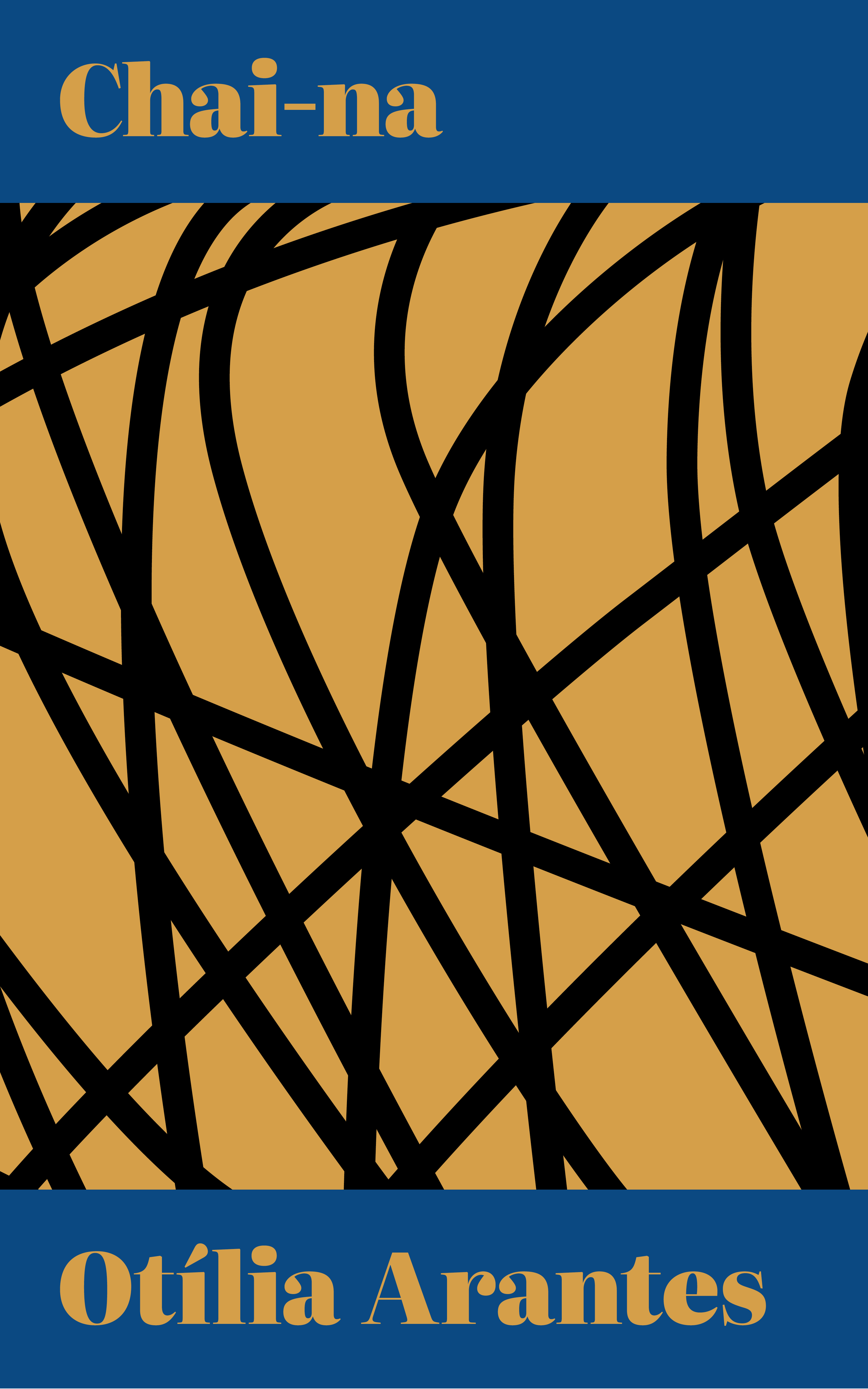CHAI-NA
2011
Synopsis
Written over 10 years ago, Otília Arantes's book, "Chai-na," was initially motivated by the rapid rise of urban and architectural mega-projects, largely fueled by events such as the 2008 Beijing Olympics or the 2010 Shanghai Expo. Beyond being a historical document, we believe it can be read as, in a sense, an anticipation of what we are witnessing today – somewhat like a coded diagnosis of what would happen with China's unrestrained growth. The very title, "Chai-na" (which translates to "demolish there" in Mandarin), already announces that it is a reverse reading of China's much-vaunted modernization. According to Otília Arantes, Mao Zedong's maxim – "without destroying, there can be no construction" – which had served as an alibi for the country's de-urbanization, was resurrected in the 1990s, albeit with a reversed sign, to reclaim old cities and create new ones. All of this occurred in a kind of avalanche of cyclopean proportions, with the same violence as the historically predatory occupations of foreign territories. While the use of major projects or mega-events such as the Olympics as pretexts is not new, what is remarkable is the scale and speed at which such destructive creation occurred, almost compulsively. It is, therefore, an essay on the Chinese growth machine, whose false bottom reveals the great urban fetishes that, despite everything, have survived until now, at least until the awakening of the Chinese dream, from a Great Leap Forward to a scenario of catastrophes. Drawing on old experiences of dreamed worlds that have been collapsing for over a century, the book "Chai-na" seeks to interpret what was happening in the New China, as well as the phantasmagorias of our time expressed in its extreme urban forms. In the words of Adrián Gorelik, in a review for Vitruvius, it might be read as "a Benjaminian fable about the current world."
This is a reproduction of the EDUSP edition (in facsimile, unlike most other volumes on the site), intended to preserve it in its original form, including its graphic design (by Carol Pedro, also responsible for the final revision of this virtual edition), given its importance in the book, where the images are not just occasional illustrations but compose something like a complementary visual narrative, making the book's form almost as essential as its text.
Keywords: China, Deng Xiaoping, Reform Era, Evil Paradises, Fredric Jameson, Herzog & De Meuron, Hyperurbanization, Koolhaas, Mao Zedong, Growth Machines, Moscow, Olympics, Paris in the 19th century, Beijing, Perestroika, Ruins of the future, American Dream, Susan Buck-Morss, Walter Benjamin, Shanghai, Special Economic Zones.

Series
Categories
License

This work is licensed under a Creative Commons Attribution-NonCommercial-NoDerivatives 4.0 International License.


